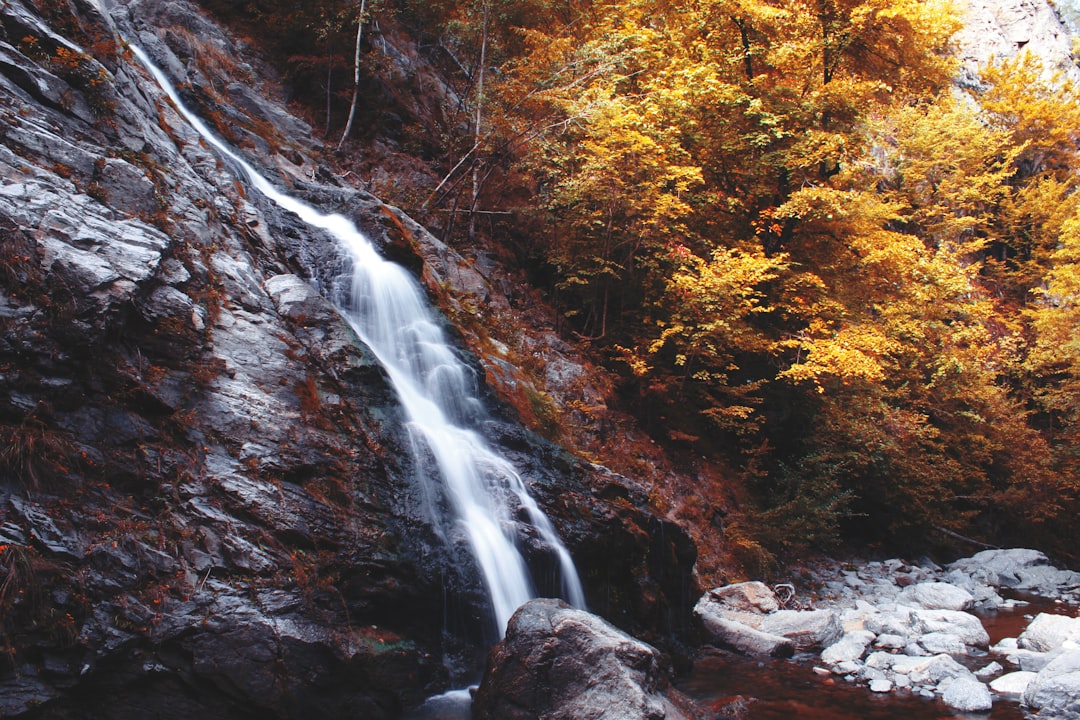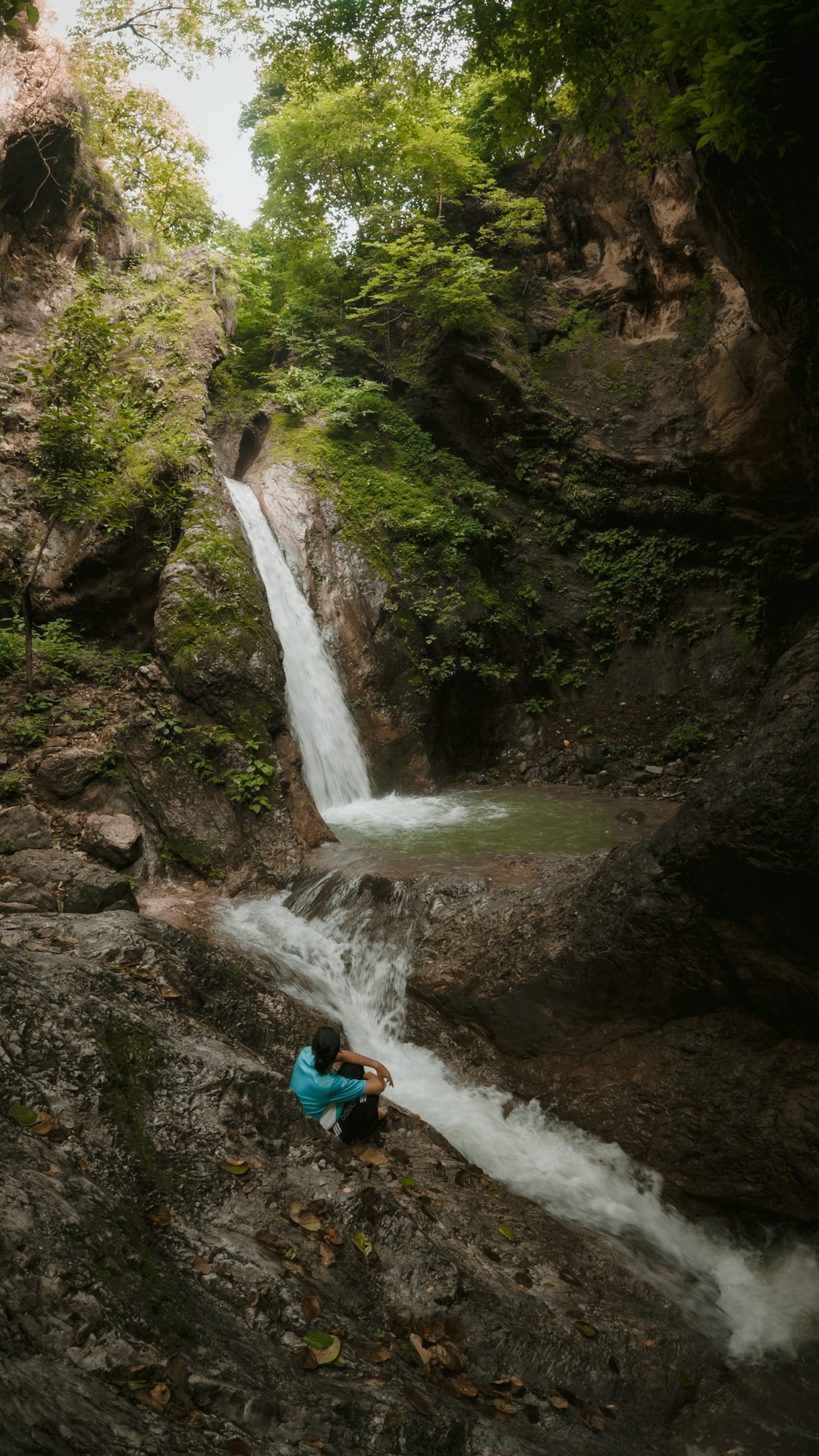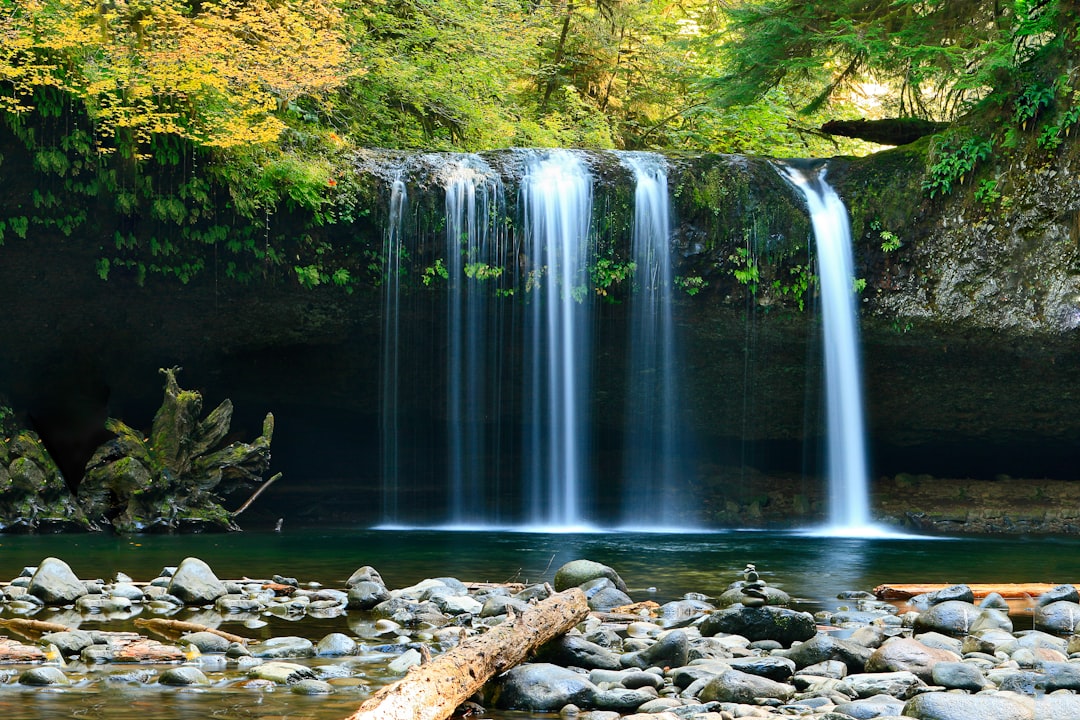
Essential Tips for Traveling to Stunning Waterfalls.
## Introduction. Waterfalls are one of nature's most breathtaking displays, attracting millions of travelers each year. From the shimmering cascades of Angel Falls in Venezuela to the powerful depths of Niagara Falls, these natural wonders offer unique experiences that foster awe and inspiration. However, visiting waterfalls requires some thoughtful planning to ensure a memorable and safe experience. In this post, we will explore essential tips for traveling to waterfalls, including the best practices for preparation, safety guidelines, and how to maximize your enjoyment. ## Researching Your Destination. Before heading to a waterfall, it’s crucial to research your chosen destination. Waterfalls vary significantly in their accessibility, size, and surrounding environments. Websites, travel forums, and local tourism boards can be excellent resources for gathering information. Key aspects to consider include: - **Access and Terrain**: Some waterfalls are easily reachable with minimal effort, while others require a challenging hike. Determine the trail difficulty and lengths to assess whether it's a suitable adventure for you. - **Seasonal Conditions**: Water flow can vary based on the season. For instance, many waterfalls may be full and vibrant during spring and early summer due to snowmelt, whereas they can dwindle in late summer. Knowing the best times to visit allows for a more impressive sight. - **Safety Precautions**: Look into any public safety warnings for the area, such as slippery rocks, dangerous currents, or fauna. This will prepare you for a safer visit to the site. ## Packing the Right Gear. Packing appropriately can enhance your waterfall adventure immensely. Considering the damp environment associated with waterfalls, here is a checklist of items to bring along: - **Waterproof Gear**: Invest in a good quality waterproof jacket and pants. A dry bag for your electronics and valuables is also a wise choice. - **Footwear**: Proper footwear is essential, especially for rocky and slippery terrains. Hiking sandals with good grip or waterproof hiking boots are recommended. - **Hydration and Snacks**: Hiking to a waterfall can be physically demanding. Carry enough water and light snacks like granola bars or fruit to keep your energy levels up during your excursion. - **Camera Gear**: A portable tripod is necessary for taking long-exposure shots of the waterfall. Remember to protect your camera with a waterproof case to prevent damage from mist and splashes. ## Following Safety Guidelines. Safety should be a priority when visiting waterfalls. Here are some essential safety tips: - **Stay on Marked Trails**: Many waterfalls have designated paths for visitors. Straying from these can lead to accidents or even severe injuries. Stay in the bounds of the park rules. - **Heed Warning Signs**: Pay attention to any cautionary signs and local guidelines. Dangerous areas should always be avoided, especially those marked with barriers or warnings about swimming. - **Supervising Children and Pets**: If you are visiting with children or pets, keep them close and under supervision. Ensure that they are not getting too close to the edge or swimming in hazardous areas. - **Assess Water Conditions**: Engaging in swimming activities should be done with caution. Some waterfall pools can have strong currents or hidden hazards beneath the surface. Know your swimming limits and never dive unless it has been deemed safe. ## Embracing the Experience. To get the most from your waterfall visit, don’t rush your experience. Take time to engage with the stunning scenery: - **Photography**: Utilize the natural lighting and landscape to capture breathtaking photos. Early mornings or late afternoons can provide the best light. - **Meditation and Quiet Time**: Take a moment to enjoy the tranquility and immerse yourself in the sounds of the waterfall. Many travelers find that waterfalls provide a perfect setting for meditation or reflection. - **Explore the Surroundings**: Many waterfalls are part of larger ecosystems. Use the opportunity to explore nearby trails, flora, and fauna, providing a full appreciation of the area’s natural beauty. Look for unique species of plants, butterflies, or birdwatching opportunities. ## Leave No Trace. An essential aspect of enjoying natural environments, including waterfalls, is the responsibility to protect them. Following the Leave No Trace principles will ensure that these sites remain beautiful and intact for future generations. Remember to: - **Pack Out What You Pack In**: Take all rubbish, food packaging, and personal items back with you. Many places may not have facilities, so it’s best to bring a trash bag. - **Respect Wildlife**: Observe animals from a distance. Feeding wildlife or encroaching on their habitats can harm them and disrupt the natural balance. - **Stay on Trails**: As mentioned earlier, using designated paths helps preserve the surrounding plant life and avoids soil erosion. ## Conclusion. Visiting waterfalls can be a rejuvenating and mesmerizing experience if approached with the right planning and respect for nature. By researching your destination, preparing properly, prioritizing safety, and immersing yourself in the moment—while leaving it as pristine as you found it—you can ensure a memorable adventure among these natural wonders. Happy waterfall exploring! .






